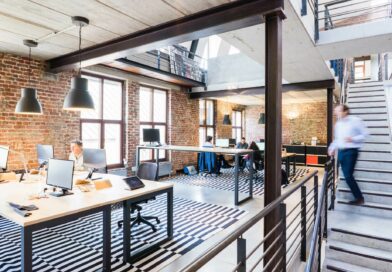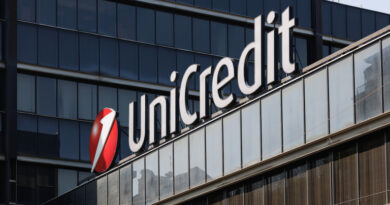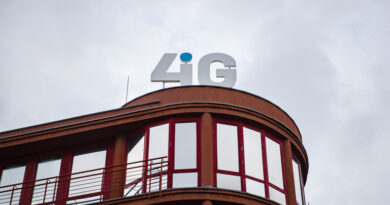European property values turn positive in 2010
The European property market grew in value by 2.6% in 2010, according to the latest research from CB Richard Ellis (CBRE).After significant falls across the region in 2008 and 2009 (-11.7% and -9.6% respectively), the CBRE European Valuation Monitor recorded positive annual growth in property values in 2010 (+2.6%).
However, this performance was uneven across Europe, reflective of the growing shift of investor interest towards those Western European countries where economic and occupier fundamentals are strongest.
The UK, which was ahead of the curve when its recovery started in mid-2009, saw the strongest capital growth in 2010 ( 8.9%), followed by France ( 4.4%), the Nordic region ( 3.4%), and Germany ( 1.4%). Together these markets accounted for the majority of the European investment total both in Q4 2010 and over the year as a whole. There was also positive annual capital growth in CEE ( 0.8%), although this is principally driven by the performance of Poland, the fourth strongest individual performer of all countries monitored. In terms of sector performance, retail was the strongest sector ( 3.5%), having been the first sector to post a positive quarterly return in Q4 2009, while the office sector saw scale of growth ( 3.2%). Industrial property’s growth was weaker; the relatively poor yield and rent performance highlighted in CBRE’s Rent and Yield Monitor was translated into flat capital value movement over the course of 2010 (0.0%).
While the quarterly (Q4) sector figures for the European and ‘Europe ex-UK’ measures were identical, the ex-UK office annual figure was much lower (0.9% vs. 3.2% for pan-Europe) as the influence of the strong performance of central London Offices were removed from the results. Source: CBRE
Richard Holberton, Director of EMEA Research at CB Richard Ellis, said: “After two declining years, the positive figures for 2010 are clearly indicative of an improvement in the market, in part reflecting the strengthening in investment activity last year. This in turn has been highly selective, in terms of both geography and asset type, and we have now reached a point where investors are assessing the combined impact on future returns of the value gains already made, and the effect of government austerity measures on the shape of any rental recovery.
“We are still seeing some adjustments in the level of prime yields across European markets, but the scale of the changes is now modest. While there is no shortage of capital targeting the real estate market, it remains predominantly risk-averse and focused on core, prime assets in the most liquid markets. We expect the prime-secondary disconnect in terms of both investor appetite and value movements, to remain a prominent feature of the market through 2011.”
“As we see residential property prices will not fall further in 2011 but only the prime segment attracts developers in the current depressed market situation. Furthermore, this segment was the only one where values kept stable during the financial crises. As a good example the 37 prime apartments development in Naphegy utca owned by Chayton Capital disposing legally binding building permit targets buyers seeking for apartments in the green area of Buda and are well provided with infrastructure. Market turning point approaches as developers seeking for new opportunities and consider buying new plots – it indicates confidence in the future and, of course the market.” – Tim O’Sullivan Head of Capital Markets at CBRE Budapest added about the Hungarian residential property markets.
































